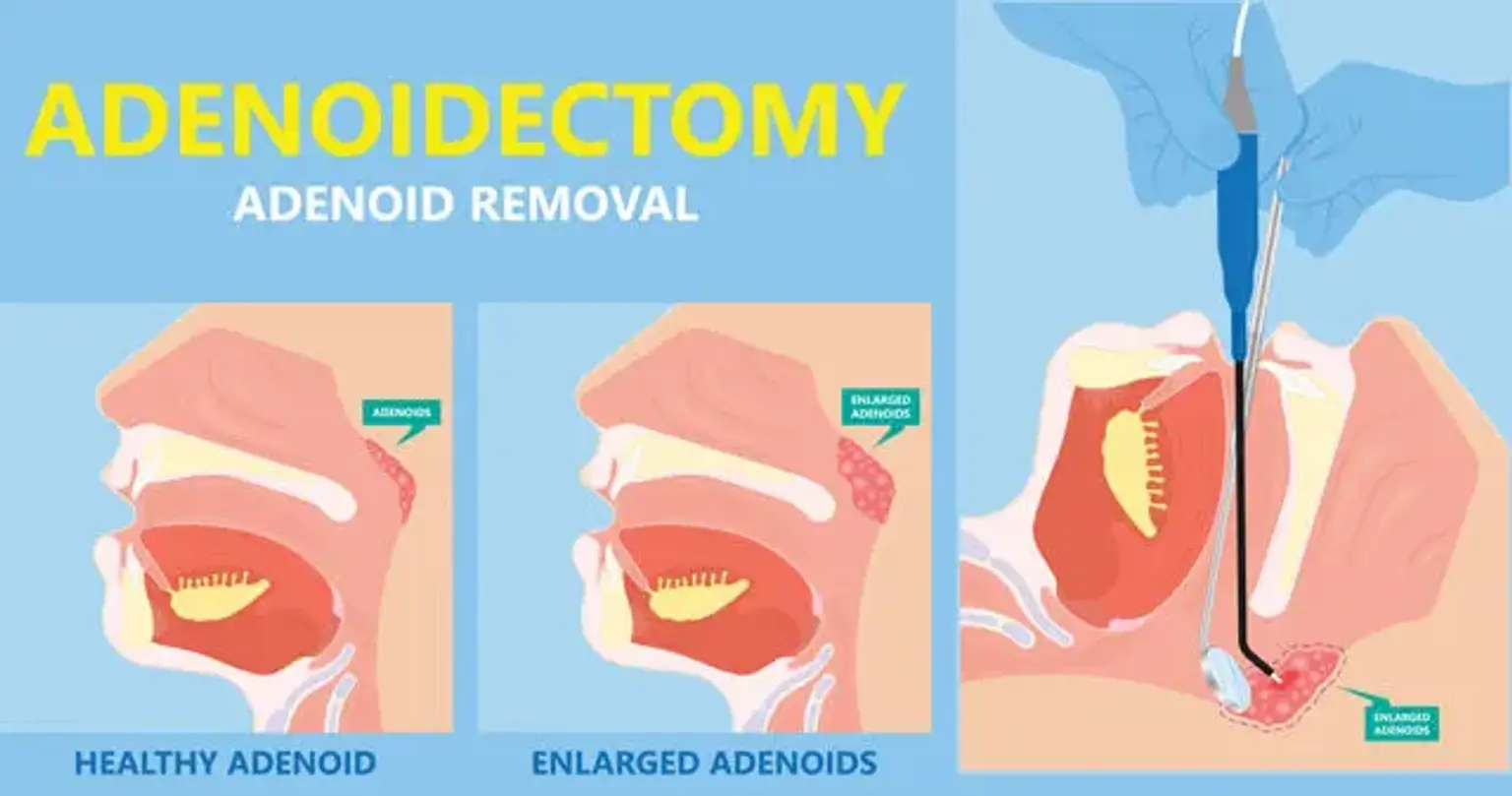Adenoidectomy
Adenoidectomy, commonly known as adenoid removal, is a common surgery to take out the adenoids. The adenoids are glands found in the mouth roof, just behind the soft palate, where the nose meets the throat.
Whereas adenoids aid in protecting the body against bacteria and viruses, they can swell, enlarge, or get severely infected. Allergies, infections, and other factors may be the cause. However, other children are born with excessively big adenoids.
Surgical removal of the adenoid glands is typically necessary. Adenoidectomy surgeries are often performed on children between the ages of one and seven. The adenoids usually begin to diminish by the age of seven, thus considered a vestigial organ in adulthood (remain without a purpose).
